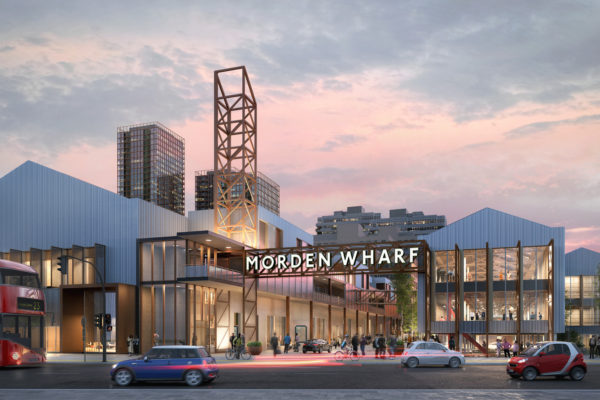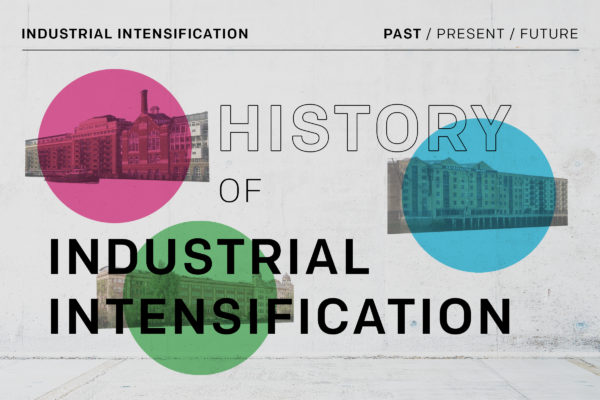Competition for land between residential and industrial developers is driving new approaches to industrial intensification as a way of resolving the tension between industrial and other land uses, and of reducing industry’s physical footprint to free up land for other purposes.
Across our offices in the UK, Germany and China we are working with existing and new clients to explore new typologies and templates to co-locate logistics with other uses including layering and horizontal distribution for flexibility and future proofing, while freeing up space and creating new local neighbourhoods.
We recently conducted an industry survey of UK sector experts to which over 100 developers, agents, consultants, occupiers and industry professionals contributed. The responses came up with some interesting results in terms of perceptions, constraints, and time frames in the evolution of the industrial intensification sector, including over 70% of respondents who would consider living close to an industrial intensification scheme.
This is a strong positive response that we may not have seen a few years ago that reflects a greater understanding of how different uses can successfully be co-located.

To follow this up we have created an industrial intensification concept design for co-locating residential and industrial uses, and we are now working with a range of developers to receive their feedback. We are also seeking industry input on the challenges, opportunities, and constraints within this fast-evolving market to help us arrive at an exemplar industry scheme for a co-location of uses that enables live and work communities to co-exist harmoniously in the context of extreme pressure on land-supply.
The key residential use considerations in our approach were community engagement and bringing a community together, while encouraging and supporting attitude and behavioural changes towards this new co-location typology. Affordability of purchase, running and maintenance were also important factors.
The disposition of uses in the design model reflects good neighbour practices, including how public and private amenities are located, with careful consideration of factors such as noise, light and smell.

Strong environmental and biodiversity elements run throughout the scheme. The industrial element is designed to achieve net zero carbon in operation, optimise energy efficiency, reduce running costs and improve energy security.
Specific considerations in the approach to the industrial element include local customer and workforce demographics in the context of adding value and exceeding local plan targets.

From an end-user perspective, the design of the industrial element builds in future proofing for operators, including factoring in varied delivery modes and technology innovations, as well as optimal leasing flexibility to meet current and future occupant and operational needs.
Our wider work in this sector
Our 35-year track record includes the delivery of more than 4.5 million sqm of logistics space that has pioneered advances in sustainability and construction, and demonstrated design innovation, sustainability expertise, and optimal partnering and delivery.
We look at logistics at different scales as part of a co-location of urban uses including residential, retail, recreational, cultural and social spaces. We are delivering ultra-urban warehouses on previously unviable city centre sites, refurbishing old industrial heritage buildings for modern day logistics and industrial use and blending existing and new buildings on SIL land.
Our projects range from single units to large multi-modal developments; from the eco-template we developed for logistics developments more than 20 years ago, to the delivery of the world’s first building verified as net-zero for construction in line with the UKGBC framework. We also designed and delivered the world’s first WELL™️ Building Standard industrial pilot building and the first BREEAM Outstanding logistics building at design stage.
Our research and development programme has evolved in parallel to the growth and changes in the logistics and industrial construction sectors and includes our pioneering ‘Warehouse of the Future’ studies that explored new ideas around multi-storey warehouses and urban logistics. We are currently collaborating on a research project into the reuse of structural steel in construction with the Universities of Cambridge and Birmingham.
We approach all these projects from the perspective of the three pillars of our business: design innovation and pushing boundaries; sustainability and wellbeing; and delivery using data, digital analysis tools and cutting-edge technology.
To be the first to receive our latest research, industry articles, event invitations or news updates, please provide your details below to subscribe. You can unsubscribe at any time.




